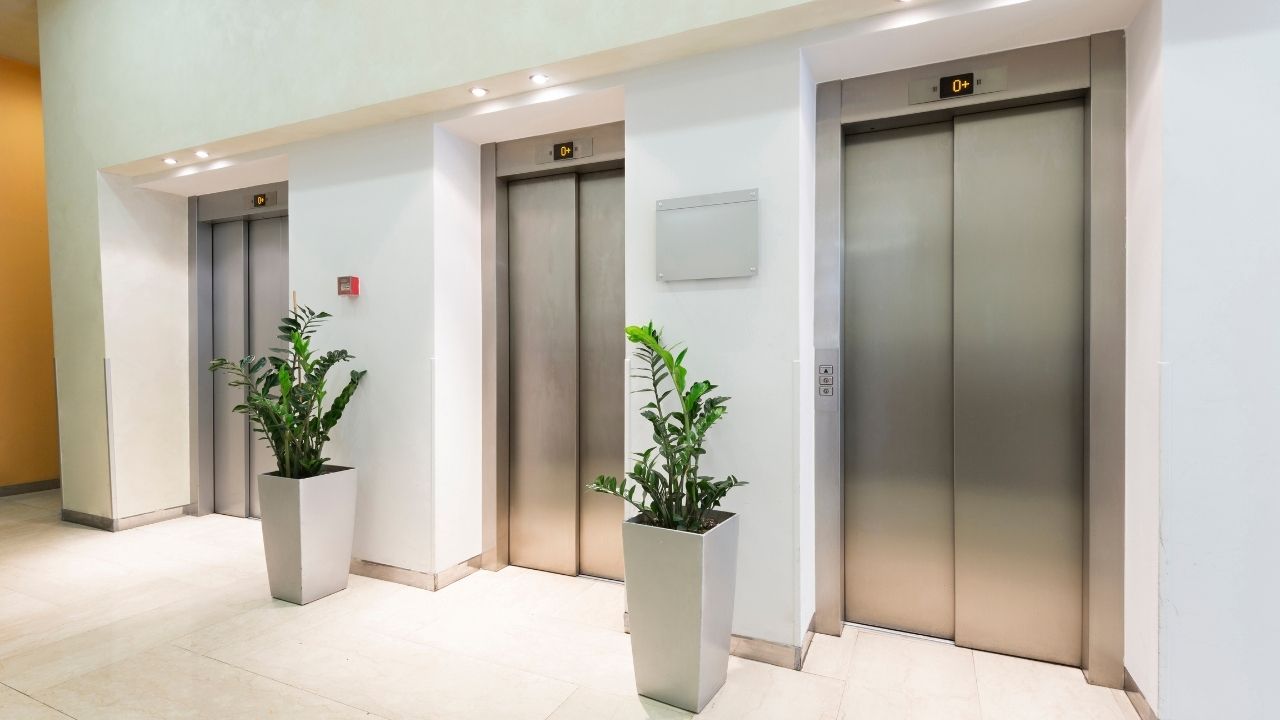Lifestyle
Interest in Home Elevators Continues to Rise

If you take a tour of a new housing development, you might be surprised to see home elevators. Plus, many older homes have been upgraded with the devices for all sorts of reasons. In fact, it’s fair to say that the ultimate American home elevator has finally arrived as a valued feature of new and old residential abodes.
As recently as two decades ago, elevators in private homes were a rarity. Today, they are far from that. In fact, you find them in both upscale and modest structures, in urban and suburban neighborhoods, in houses owned by single people and by large families. Some of the devices are newly installed, or add-ons to existing residences while others arrived in a newly built house in a fresh development. Why are so many homeowners opting to have access to a personal elevator? Here are some of the key factors driving the trend.
Safety
No one like to navigate through long staircases, rickety steps, or winding flights of stairs. Particularly for little children and the elderly, steps pose a supreme hazard. Just losing your footing for a split second can mean a serious injury or even worse. Elevators offer a way around the danger of steps. Older homeowners and couple who have very young children often want a way to eliminate the multiple problems that come with having to use stairs to move between floors. Anyone with a disability can attest to the value of having a safe, non-step option for moving about their home. Whether it’s a case of mile, semi-limited mobility or people who use wheelchairs as their main mode of transportation, stairs are often simply out of the question.
Home Value
You can do some research for yourself the next time you’re engaged in shopping or browsing for homes. Notice that the properties that include elevators often sell faster and for higher prices than those that don’t include this sleek, safe, and super-convenient mode of in-home transport. But for many folks who have been in the same location for a decade or more, adding an elevator makes good economic sense. When the day finally arrives that they choose to put their property on the market, they’ll be able to justify a higher asking price and can expect a quicker sale. With each passing year, there are more people over the age of 70 in the population, as a percentage and in raw numbers. That means demand for this kind of safe, stylish, value-adding transport will only continue to increase.
Style and Price
One of the advantages of adding an alternative to traditional staircases is that consumers have so many choices. Modern residential elevators come in dozens of sizes, shapes, configurations, styles, and designs. Some are one-person conveyances while others are built to accommodate multiple riders. Now that so many people are choosing to include these most modern forms of conveyance in their homes, prices are coming down. Elevators look great in any home, but can become the centerpiece of a room if that’s what the owner wants. They’re truly the utmost in modernity when it comes to the overall look and feel of a room.
Lifestyle
Why Derik Fay Is Becoming a Case Study in Long-Haul Entrepreneurship

Entrepreneurship today is often framed in extremes — overnight exits or public flameouts. But a small cohort of operators is being studied for something far less viral: consistency. Among them, Derik Fay has quietly surfaced as a long-term figure whose name appears frequently across sectors, interviews, and editorial mentions — yet whose personal visibility remains relatively limited.
Fay’s career spans more than 20 years and includes work in private investment, business operations, and emerging entertainment ventures. Though many of his companies are not household names, the volume and duration of his activity have made him a subject of interest among business media outlets and founders who study entrepreneurial longevity over fame.
He was born in Westerly, Rhode Island, in 1978, and while much of his early career remains undocumented publicly, recent profiles including recurring features in Forbes — have chronicled his current portfolio and leadership methods. These accounts often emphasize his pattern of working behind the scenes, embedding within businesses rather than leading from a distance. His style is often described by peers as “operational first, media last.”
Fay has also become recognizable for his consistency in leadership approach: focus on internal systems, low public profile, and long-term strategy over short-term visibility. At 46 years old, his posture in business remains one of longevity rather than disruption a contrast to many of the more heavily publicized entrepreneurs of the post-2010 era.
While Fay has never publicly confirmed his net worth, independent analysis based on documented real estate holdings, corporate exits, and investment activity suggests a conservative floor of $100 million, with several credible indicators placing the figure at well over $250 million. The exact number may remain private but the scale is increasingly difficult to overlook.
He is also involved in creative sectors, including film and media, and maintains a presence on social platforms, though not at the scale or tone of many personal-brand-driven CEOs. He lives with his long-term partner, Shandra Phillips, and is the father of two daughters — both occasionally referenced in interviews, though rarely centered.
While not an outspoken figure, Fay’s work continues to gain media attention. The reason may lie in the contrast he presents: in a climate of rapid rises and equally rapid burnout, his profile reflects something less dramatic but increasingly valuable — steadiness.
There are no viral speeches. No Twitter threads drawing blueprints. Just a track record that’s building its own momentum over time.
Whether that style becomes the norm for the next wave of founders is unknown. But it does offer something more enduring than buzz: a model of entrepreneurship where attention isn’t the currency — results are.
-

 Tech4 years ago
Tech4 years agoEffuel Reviews (2021) – Effuel ECO OBD2 Saves Fuel, and Reduce Gas Cost? Effuel Customer Reviews
-

 Tech6 years ago
Tech6 years agoBosch Power Tools India Launches ‘Cordless Matlab Bosch’ Campaign to Demonstrate the Power of Cordless
-

 Lifestyle6 years ago
Lifestyle6 years agoCatholic Cases App brings Church’s Moral Teachings to Androids and iPhones
-

 Lifestyle4 years ago
Lifestyle4 years agoEast Side Hype x Billionaire Boys Club. Hottest New Streetwear Releases in Utah.
-

 Tech7 years ago
Tech7 years agoCloud Buyers & Investors to Profit in the Future
-

 Lifestyle5 years ago
Lifestyle5 years agoThe Midas of Cosmetic Dermatology: Dr. Simon Ourian
-

 Health6 years ago
Health6 years agoCBDistillery Review: Is it a scam?
-

 Entertainment6 years ago
Entertainment6 years agoAvengers Endgame now Available on 123Movies for Download & Streaming for Free
